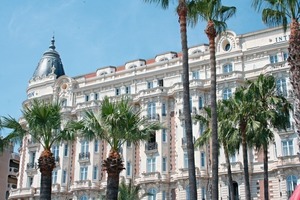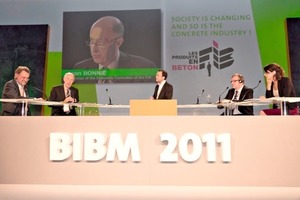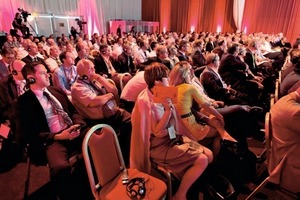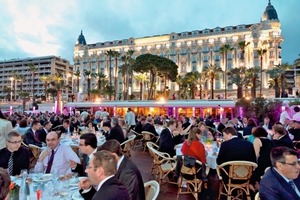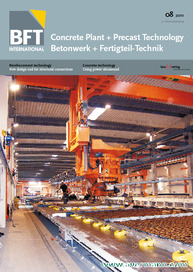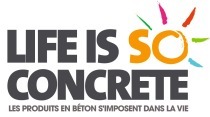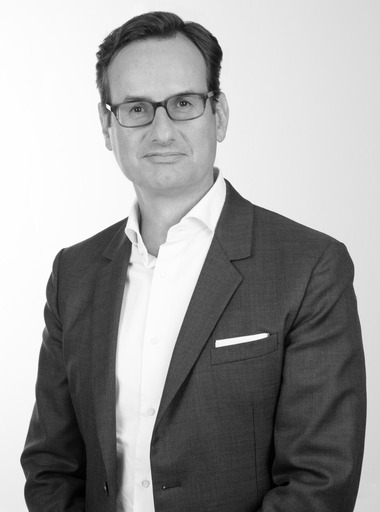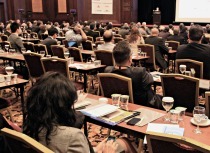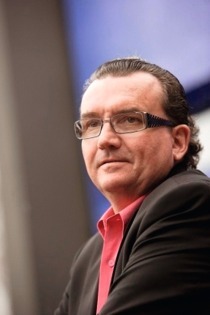European Precast Concrete Industry Congress in Cannes
For two days the town of Cannes was the European capital of the precast concrete industry as all those involved in the European concrete industry gathered for the BIBM Congress under the banner ‘Life is so concrete’.
Manufacturers, suppliers, specifiers, buyers, users, and all interested parties flocked to the prestigious Carlton Hotel on June 16 & 17, 2011. More than 400 participants – not just from every corner of Europe but also from Brazil, South Korea, and Saudi Arabia – took part in debates and round tables.
This three-yearly congress run by BIBM since the 1950s takes place in a different European country every time: the 2011 congress was organized in France by the Fédération de l’Industrie du Béton (FIB), with the scientific support of the Study and Research Centre for the French Precast Concrete Industry (Centre d’Études et de Recherches de l’Industrie du Béton – CERIB).
As Pierre Brousse stressed in his opening address, “BIBM – the European federation for the precast concrete industry – fosters the international dimension of its national members and represents the industry’s ambition to cooperate and to speak as one voice in today’s globalized world”.
Bearing this in mind, the event hinged upon meetings and debates aimed at presenting the latest developments and the future prospects. Around thirty specialist speakers – architects, town planners, sociologists, scientists, academics, engineers, heads of European companies – presented their viewpoints and shared their experience.
Round tables addressing the challenges of the 21st century
The topic of the opening round table was ‘Building the sustainable cities of tomorrow’. Speakers insisted on the need to clearly position Man and Nature at the core of urban projects by integrating the benefits of new technologies to offer residents a better living environment.
The second round table addressed the changes society has undergone and their effects on construction and development requirements. In a situation where today’s economic model is evolving towards an as-yet indistinctly demarcated econo-environmental paradigm, the precast concrete sector and the companies working in it enjoy advantages that combine the reduced environmental impacts of their solutions with their organization’s ability to adapt.
In parallel with economic evolution, sociological and societal phenomena (population growth and ageing, mobility, etc.) are accentuating requirements, particularly in terms of housing. The precast concrete industry can meet these challenges with innovative, high-performance, customized solutions.
The third round table presented construction systems and seismic risk. Events in Aquila, Fukushima, and Murcia have reminded us that it is vital to take seismic risk into account in the design of construction systems. Eurocode 8 includes calculation methods for designing buildings in earthquake-prone regions. The SAFECAST programme focuses its work on improving concrete construction systems to cater for seismic risks. In his presentation, Captain Graffeille of the Brignolles civil-defence unit, who had just returned from Japan, stressed how well structures built in accordance with seismic-design codes have stood up to earthquakes, and he asked for greater collaboration between manufacturers and urban-rescue specialists.
The last round table discussed the precast concrete industry’s very real contribution to the improvement of living conditions, giving users of its solutions an opportunity to speak. Whether in the fields of architecture and aesthetics or in its environmental and societal commitments, experience proves that the precast concrete industry has its finger on the pulse of life.
Workshops for an overview of the performance of precast concrete products throughout Europe
The first workshop presented concrete solutions for architects and urban planners. Complementarity between the expertise of architects and that of manufacturers is essential for the development of construction solutions perfectly adapted to the expectations of builders, including in respect of innovative applications such as self-cleaning materials and elimination of pollution. Cement and admixture manufacturers contribute to the success of projects by optimizing the solutions proposed and by improving the conditions of their implementation.
The second workshop dealt with the prevention of fire risks. The most eminent European specialists and academics have redefined the key role of FSE, particularly with respect to the undertakings of rival techniques. They have exposed the main avenues on which to engage work to define a FSE strategy for the European precast concrete industry.
The third workshop surveyed the main European energy-efficiency benchmarks for buildings (PassivHouse, Bâtiment Basse Consommation) and highlighted the solutions already provided by the industry.
The last workshop examined the innovations introduced into concrete manufacturing processes through the new technologies developed in Europe by admixture producers and precast concrete manufacturers in order to improve the industrial quality and performance of concrete products.

